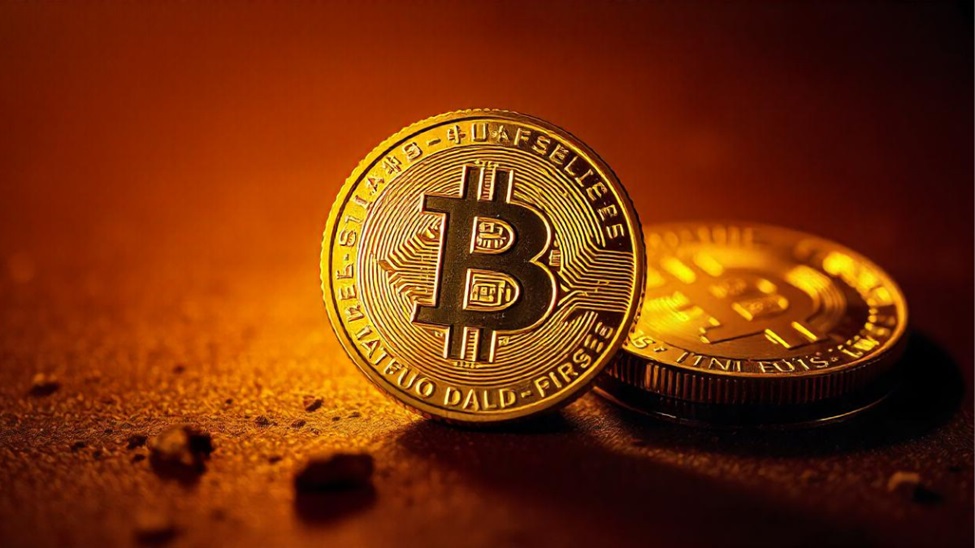Dow Jones builds on trade deal expectations

The Dow Jones Industrial Average (DJIA) climbed into a fresh record high in early Monday trading, poking through 47,500 for the first time ever as investors continue to recover their sentiment footing. Markets are betting that another last-minute trade deal between the US and China will avert the worst of President Donald Trump’s threatened tariffs.
Trade deal again, maybe?
Threatening new, steep tariffs and then finding a reason to walk them back at the eleventh hour has become a dedicated habit for the Trump administration, giving investors plenty of reason to bank on another walkback of a fresh 100% (but sometimes 155%) tariff on China that is theoretically set to come into effect on November 1. There remains little evidence that China will be walking back its recent pivot into further restricting foreign access to domestic rare earth minerals markets, other than general lip service that the new policy will be reviewed following fresh trade discussions. Nor is there any word on removing a new port fee for foreign cargo ships that moor at Chinese docks.
Key tech companies will be releasing third-quarter earnings throughout the week as the latest earnings season continues to grind on. Five of the ‘Magnificent Seven’ are on deck for earnings releases this week, including Google parent Alphabet (GOOG), Amazon (AMZN), Apple (AAPL), Facebook parent Meta (META), and Windows publisher Microsoft (MSFT).
Fed rate call in the crosshairs
The key event this week will be the Federal Reserve’s (Fed) latest interest rate decision, slated for Wednesday. A follow-up quarter-point interest rate cut is functionally a done deal as far as rate markets are concerned, and the key highlights from this week’s rate call will be how interested the Fed sounds in delivering a third straight rate cut at its subsequent rate meeting in December.
Dow Jones daily chart

Economic Indicator
Fed Interest Rate Decision
The Federal Reserve (Fed) deliberates on monetary policy and makes a decision on interest rates at eight pre-scheduled meetings per year. It has two mandates: to keep inflation at 2%, and to maintain full employment. Its main tool for achieving this is by setting interest rates – both at which it lends to banks and banks lend to each other. If it decides to hike rates, the US Dollar (USD) tends to strengthen as it attracts more foreign capital inflows. If it cuts rates, it tends to weaken the USD as capital drains out to countries offering higher returns. If rates are left unchanged, attention turns to the tone of the Federal Open Market Committee (FOMC) statement, and whether it is hawkish (expectant of higher future interest rates), or dovish (expectant of lower future rates).
Read more.
Next release:
Wed Oct 29, 2025 18:00
Frequency:
Irregular
Consensus:
4%
Previous:
4.25%
Source:
Federal Reserve





